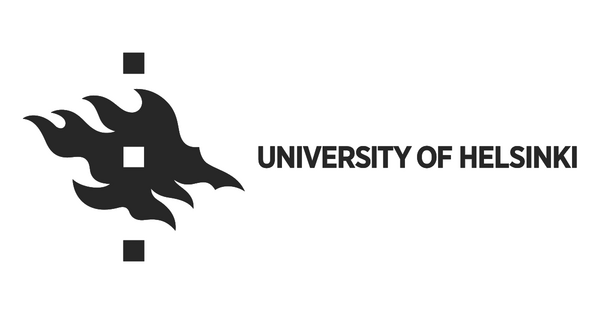University of Helsinki: Articulation rate indicates how fluent you are in a foreign language
In 2017, a working committee established by the Ministry of Education and Culture submitted a proposal on adding an oral section to the language examinations of the Finnish matriculation examination.
“While speech is the most common form of human communication, both language teaching and testing is focused on writing, also in Finland,” Heini Kallio notes. “Moreover, the phonetic perspective has remained marginal in Finnish research on language skills assessment.”
In addition to the preconditions of the matriculation examination, the practical challenges associated with assessing speech include the resources required for testing. The DigiTala project funded by the Academy of Finland investigates the possibilities of automated speech assessment and develops tools that the matriculation examination of the future, among others, can utilise.
Initially, Kallio studied Swedish spoken by Finnish general upper secondary school students in the DigiTala project. Later, the material expanded to encompass English spoken by people whose native language was Czech, Slovak, Hungarian or Polish. The dataset, which transcends language boundaries, enables the study of universal features of speech that predict language skills.
“The doctoral dissertation demonstrated that, for instance, articulation rate is a feature independent of the language, which can be used to measure the oral proficiency level of the speaker,” Kallio says.
In addition, Kallio analysed stress production in relation to the characteristics of the language learner’s native language. Without practising the prosody of a foreign language, language learners can transfer the stress patterns of their native language to the language being learned. This results in a rhythm of speech atypical of the language, making it potentially difficult to understand.
Wavelet transforms provide new information on speech features
However, converting the acoustic stress realisations into a numerical parameter has been more difficult for researchers than, for example, measuring the rate of articulation. Kallio measured acoustic stress realisations with a signal processing technique based on wavelet transforms that had not previously been applied to the speech of language learners. The results of read speech analysis were promising: it was possible to differentiate between beginner and intermediate speakers with the help of an acoustic stress parameter.
The wavelet transform technique also exposed differences between groups, depending on the native language of the speaker. In fact, the effect of the native language on stress production in foreign languages should be investigated more comprehensively. A broader understanding of stress patterns – and, consequently, speech rhythm – will help develop not only language teaching but also assessment methods and tools.

